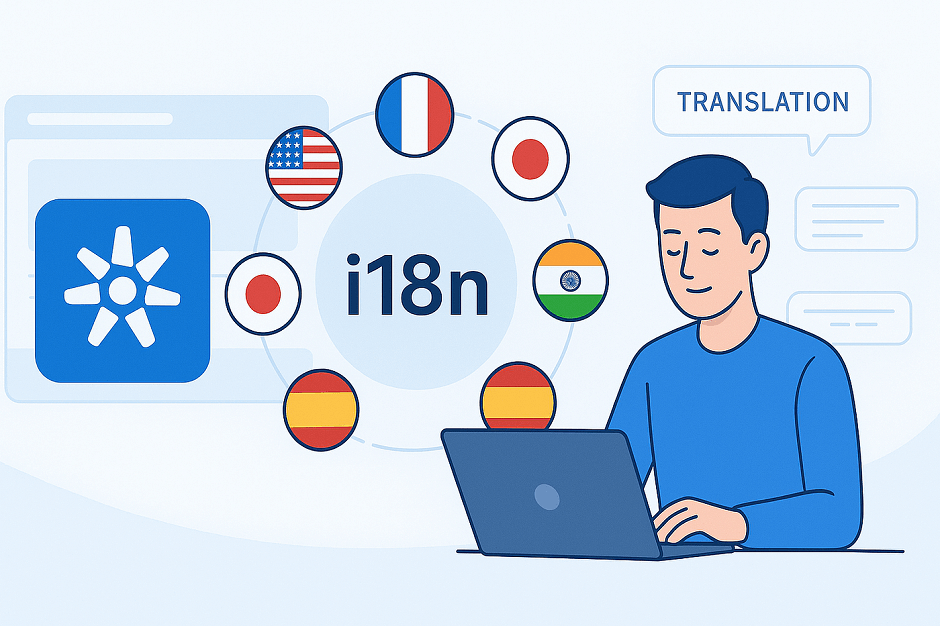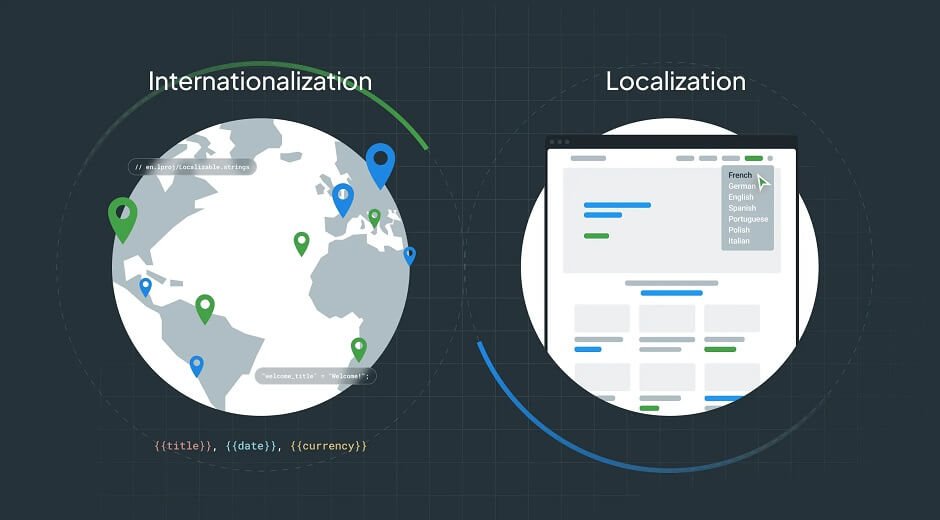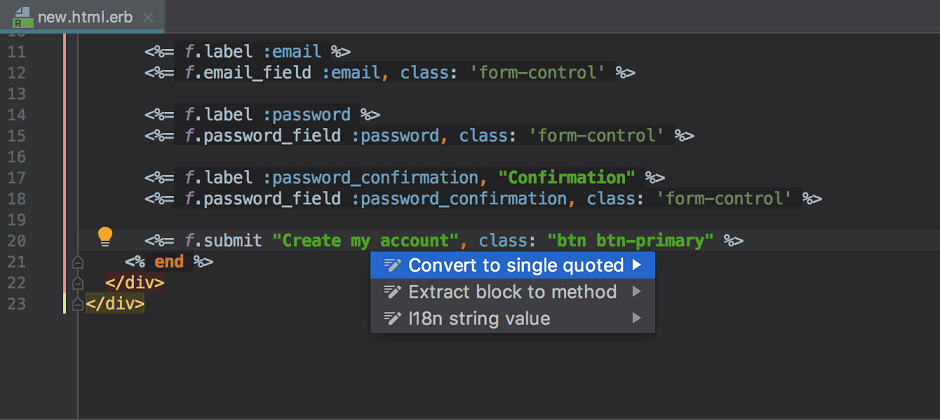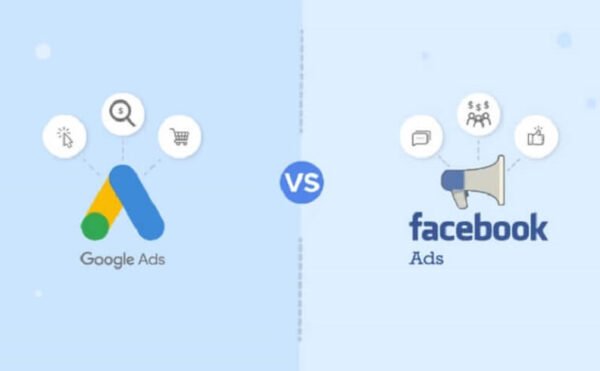
I18n and Multicurrency for Selling in the EU/UK
The big picture: what “entering Europe and the UK” really means
Localization isn’t “translate the site.” It’s aligning four independent systems: language, currency, tax, shipping. Language explains value; currency makes the price feel right; tax and delivery determine the final total. Any mismatch dents conversion. Better a narrow but pristine localization than a broad, leaky one.
Localization architecture: modeling your markets
Your first decision isn’t “which language,” but how to structure the infrastructure.
Language/region: en-GB ≠ en-IE, fr-FR ≠ fr-BE. For UX and SEO they are distinct pages. Declare variants via hreflang and include an x-default for the global page or country/language selector.
URL structure: subfolders (/en-gb/, /fr-fr/) are often simpler than separate domains—easier maintenance, consolidated authority.
Catalog harmonization: keep the SKU common; localize names, attributes, descriptions, media captions, FAQs, compatibility blocks. Prioritize units visible in UI (sizes, materials, measurement units).
Catalog and meaning: “literally correct” isn’t always “right”
A catalog carries three layers: what it is, how it works here, why it’s beneficial here. Raw translation solves only the first. In the EU/UK the other two vary by country.
Working pipeline:
- Category-level term base: materials, shades, sizes; list of false friends.
- Pseudo-localization before translation: stretch strings to surface layout breaks.
- NMT draft → human post-editing: machine gives speed; humans bring tone and market fit.
- Attribute harmonization: the same entity (e.g., “cable length”) must read identically in filters, PDP, PDFs, and emails.
- For quality, BLEU-like metrics say little. Track conversion uplift by locale and return reduction—they justify editorial investment.
Currencies and rounding: where trust breaks
Shoppers read the rhythm of decimals. €19.95 and £19.99 don’t feel the same; habits differ. The core technical issue is minor units (how many decimals a currency supports) and locale-aware formatting (CLDR).
Three practical rules:
- Single source of rounding. UI, cart, PSP, and ERP must compute identically. One cent off triggers distrust.
- Show the “true total.” If you collect taxes/duties upfront, say so—avoid “calculated later.”
- Psychological pricing after compliance. First comply with currency/tax; then think .99. Bank statements that don’t match UI kill price psychology.

Taxes and shipping: risk map (EU & UK)
EU. For B2C, the e-commerce VAT package introduced OSS and IOSS (imports ≤ €150). OSS lets you remit VAT “in one place” at the destination rate; IOSS prevents surprise duties on small imports. This is UX as much as accounting.
UK. For imports ≤ £135, VAT is charged at point of sale; on marketplaces the platform is often the “deemed supplier” and collects VAT. Above that or off-marketplace, different mechanics apply; £135 remains the key UX threshold.
Logistics stance: DDP vs DAP. Cross-border DDP (duties/taxes prepaid by the seller) materially reduces delivery refusals but raises your ops cost. DAP (duties paid by recipient) is cheaper for you, riskier for conversion. Test by SKU and basket size: for first-time purchases and gifts, DDP usually wins.
Payments: local beats exotic
Local currency + familiar methods (cards, PayPal; sometimes BNPL) typically lift conversion more than exotic rails. Be cautious with bank-offered DCC: if the rate harms the customer, trust erodes. Prefer processing in the locale’s currency and explain any potential bank fees/taxes plainly.
- SEO and navigation: don’t eat your own traffic
- hreflang is a cross-linked graph of variants, not a lucky charm.
- Reciprocity: every locale points to all others and to itself.
- x-default: to your global page or selector.
- Consistency: headers or sitemap—avoid divergence between the two.
Human+AI translation pipeline: speed without losing meaning
Pragmatic model:
- Layer 1: system strings. Pseudo-localization + CLDR formats (dates/currency), placeholder checks.
- Layer 2: catalog entities. NMT draft, human post-edit, category term base.
- Layer 3: long-form content. Machine as dough; editors shape the voice.
Quality: edit distance, time-to-publish, and above all conversion/return impact by locale.

How not to lose conversion on market entry
CR drops usually come from the collision of price + tax + delivery on the last step.
Quick check:
- Cart total equals PSP capture to the cent.
- Taxes/duties declared upfront; if DAP, state that the customer pays on delivery.
- Address forms match country norms (UK postcodes, phone formats, provinces/departments).
- Payment methods are familiar; currency is local.
- Order/shipping emails are localized and show the same total as the site.
Short conclusion
Winning localization is honest money-and-expectations mechanics. Language makes you understand, currency and rounding make you believe, tax and delivery prevent post-click disappointment. Synchronize these four systems and give search engines the right signals with hreflang, and the EU/UK cease to be a lottery and become a controlled experiment—stepwise, with known error costs and compounding gains.
Want to do something great? Let us help you.
Related Articles
In recent years, web development has undergone rapid changes. To stay ahead of the competition and effectively grow an online business, it’s essential to pay attention to the latest trends…
1) AOV isn’t the goal — it’s a by-product Average order value is tempting, but it’s only a shadow of what matters: gross profit per session. Any tactic that lifts…
We tend to picture an “auction” as a split-second bid shoot-out. In reality it’s a chain of decisions: who’s even allowed in, how the platform spreads your budget over time,…
Fraud prevention in e-commerce isn’t a wall — it’s a thermostat. You constantly trade off two risks: letting a bad transaction through and losing a good one. Any added “hardness”…
SEO is growing up: from keywords and “one page per phrase” to entity graphs, programmatic landing generation, and deliberate internal linking. This practical map shows how to think in clusters,…
Faster pages convert better. Skipping the academic stuff, here’s how speed (LCP, INP, CLS) turns into revenue and what to do now: leave a render margin, extract critical CSS, defer…
Any questions?







